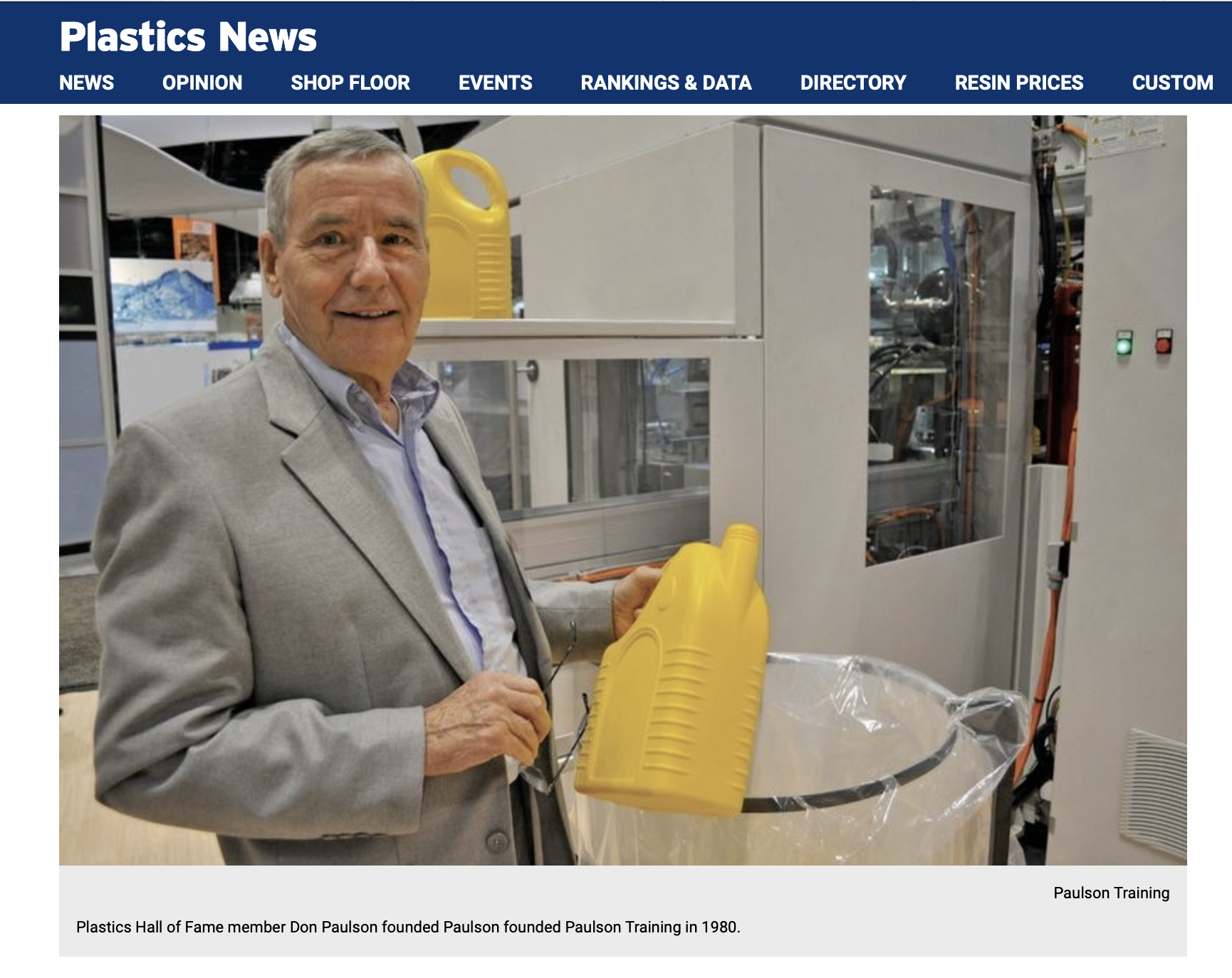There are four necessary ingredients in any successful in-plant injection molding training program. If you put those four ingredients in place, we’ll guarantee you get results.
The Content Must Be Useful to the Personnel
The entire injection molding training challenge worked because the content is practical as well as technically based. Your employees learn “what” and “why”, not just the “how”. They learn to look inside the molding machine and injection mold to visualize what is happening. Then the reasons for the molding problem become apparent. Even new personnel can become excellent injection molders in a short time when they combine this knowledge with the experience they get on the production floor.
The Training Method Must Be Suited to the Production Requirements
In-plant injection molding training has requirements that are different from conventional classroom education. Classroom instruction is difficult to run in a production plant. How do you train and still maintain  production? Classrooms also tend to pit the older, more experienced molders against the younger ones. The older, more experienced workers are invaluable on the production floor, but they may have largely forgotten classroom skills. They should not be put in a position where they can be easily embarrassed. Getting a good instructor can also be a problem. It’s rare to find a knowledgeable molder who has teaching skills and the extra time needed to conduct training classes. Paulson’s interactive training systems, both CD-based and online training programs, address all of these issues. They are complete self-contained training systems – as close to “turn-key” as you’re going to get.
production? Classrooms also tend to pit the older, more experienced molders against the younger ones. The older, more experienced workers are invaluable on the production floor, but they may have largely forgotten classroom skills. They should not be put in a position where they can be easily embarrassed. Getting a good instructor can also be a problem. It’s rare to find a knowledgeable molder who has teaching skills and the extra time needed to conduct training classes. Paulson’s interactive training systems, both CD-based and online training programs, address all of these issues. They are complete self-contained training systems – as close to “turn-key” as you’re going to get.
Top Management Support
In this training study, management at each of the two plants also get a share of credit for the success. They encouraged the training and set the procedures that allowed the employees to use the information they learned to improve the plant operations. The training method made this possible by eliminating management’s involvement in the actual training so that they could concentrate on the results.
Employee Interest and Buy-In
The employees are the most important part of the this success. The one-on-one training method made it possible for each person to learn the information at their own pace, without the competition of a classroom setting. They then used the knowledge to make the improvements that resulted in the productivity and quality increases. Conducting training in a manufacturing environment can be a challenge, as discussed in this paper.
The largest improvements in any company come from increasing the capabilities of the personnel. The results of this Training Challenge should cause all managers look very seriously at the benefits that can be derived from effective training.



